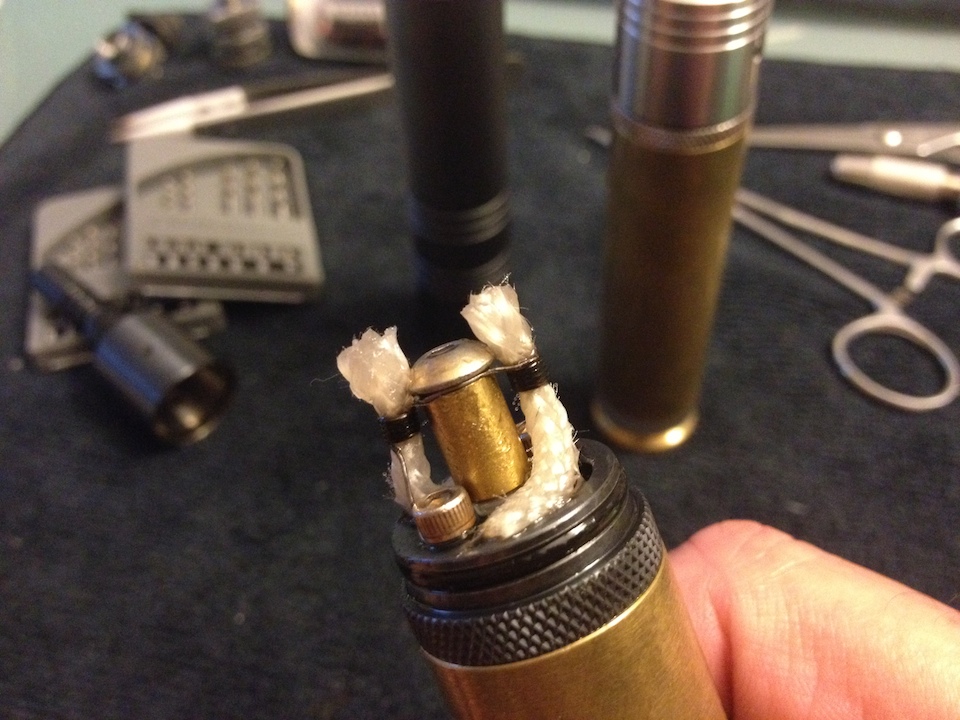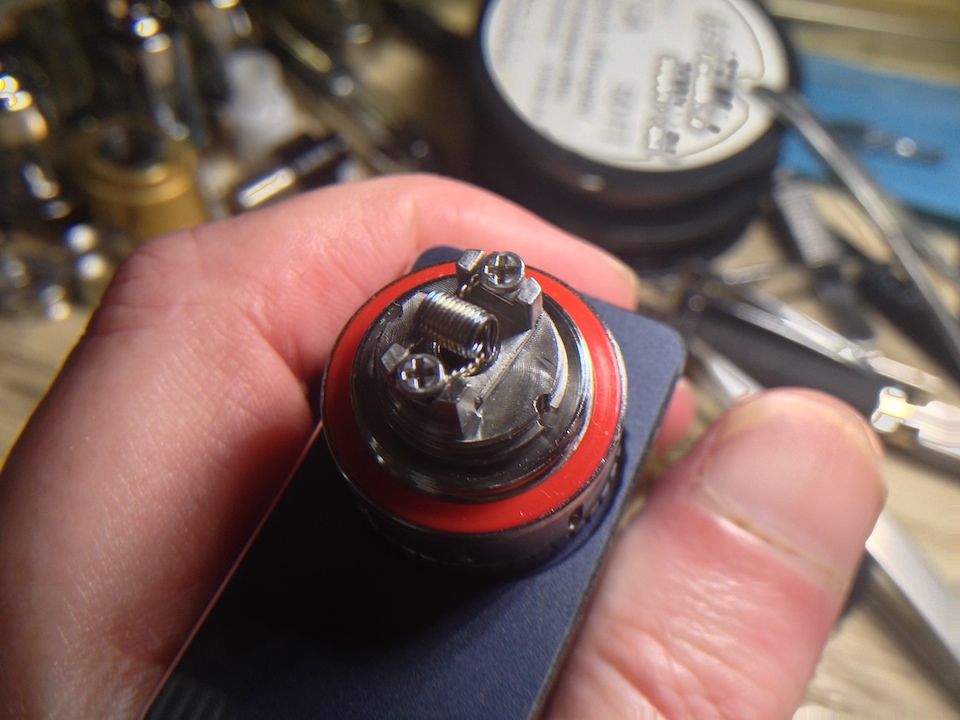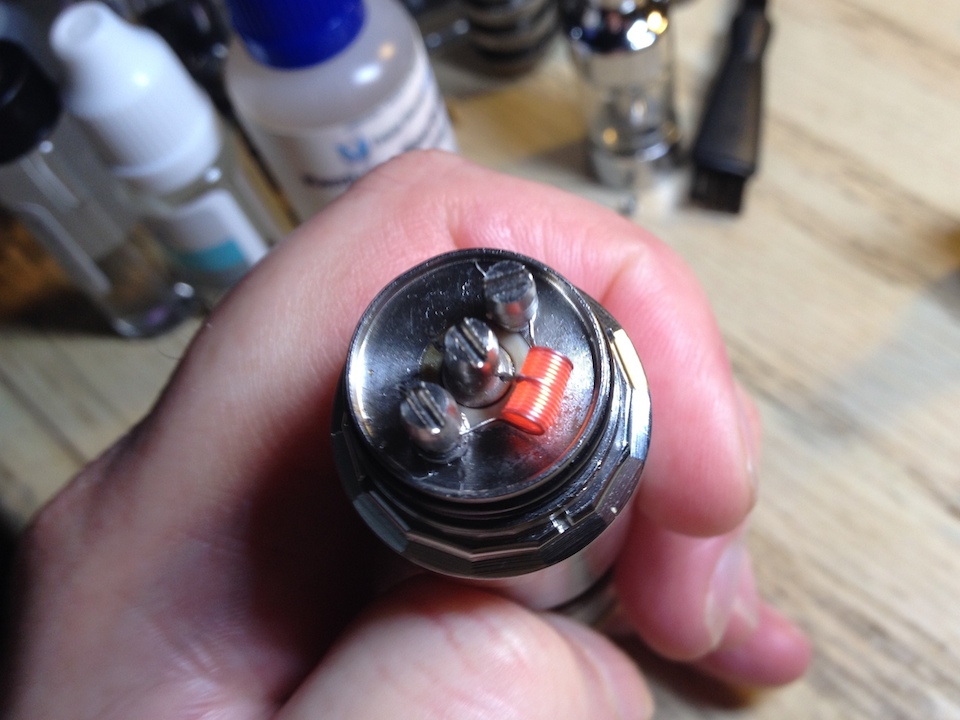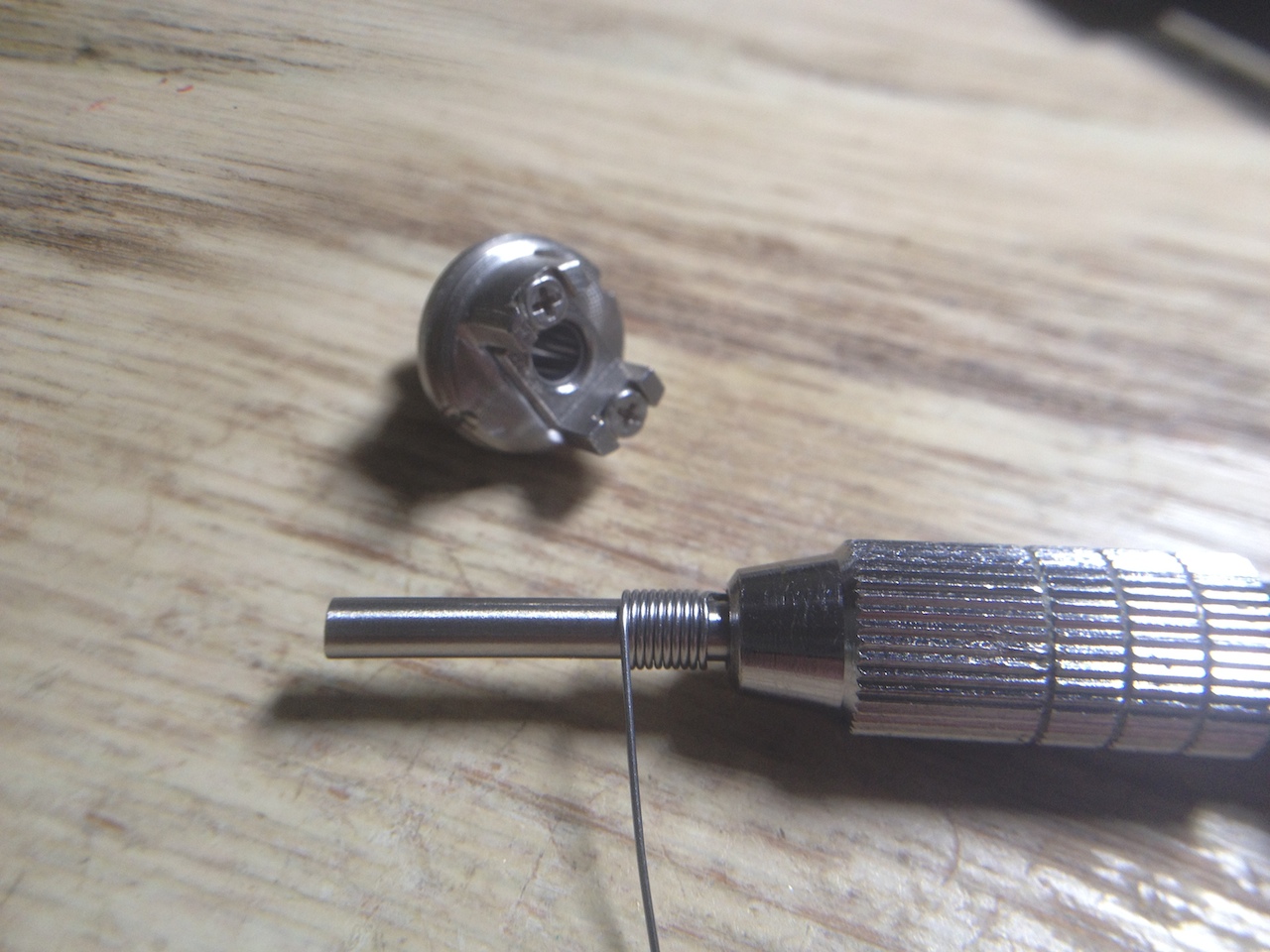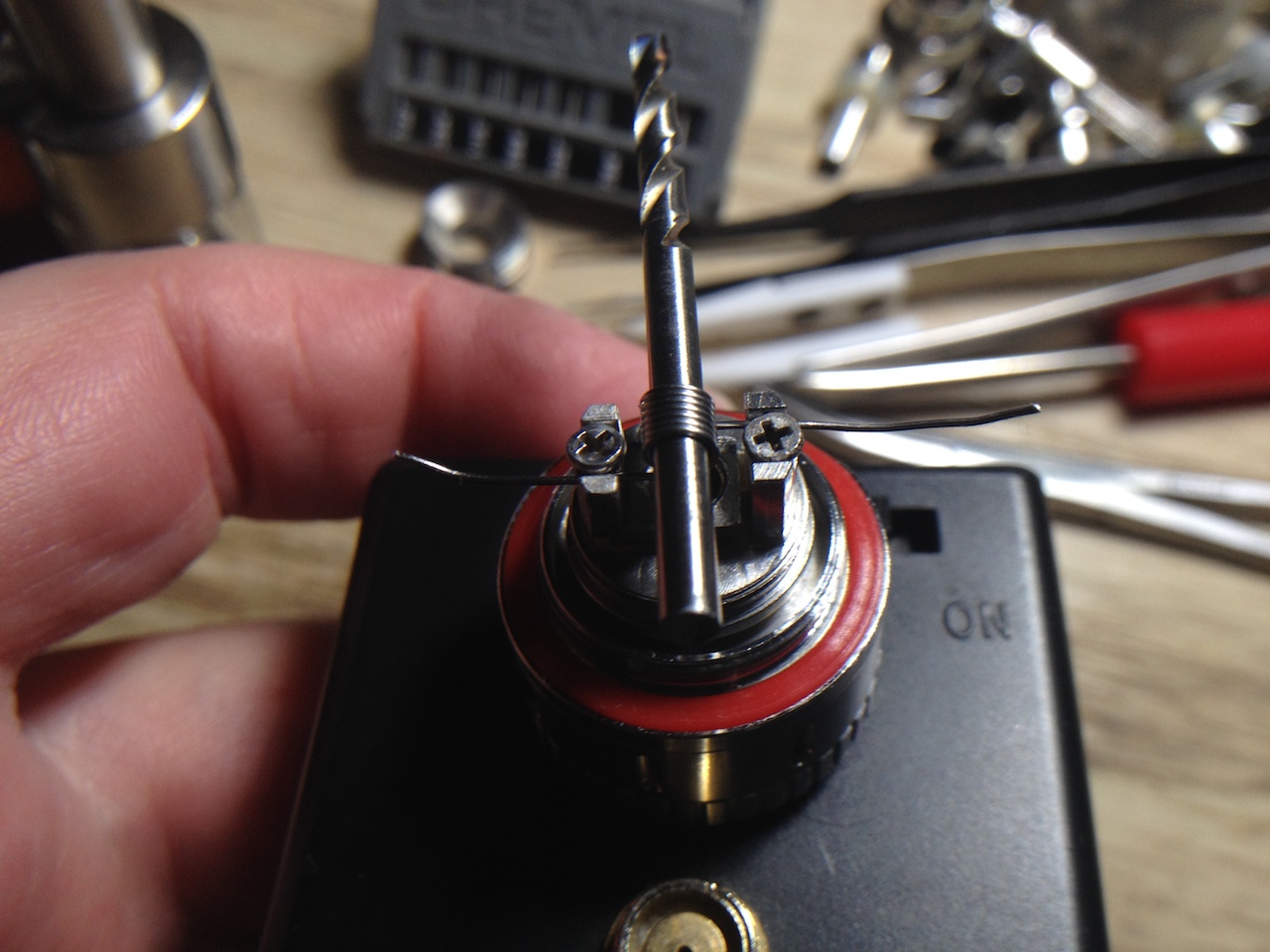okay made my joke about it in the other thread... it makes me cringe looking at it really, I know the ceramic wicks can handle it with typically no damage... but I'm a cotton user.
wicks is one thing, like you said the braided etc... but the solid ceramic ones that came with the pro tank4... I started at 15 watts and was breaking it in, by time I hit 25 watts my tank was so hot I was worried about it destroying the flavour of the juice. thinking I possibly had a bad coil, I grabbed the one from my hubby's and got the same results. I want my juice vaped, not boiled then vaped. both our tanks are just about perfect now with dual 28g twisted SS316 or the 28g kanthal claptons(.3 for me and .5 for him).. I still don't have a way to make decent tensioned coils.
wicks is one thing, like you said the braided etc... but the solid ceramic ones that came with the pro tank4... I started at 15 watts and was breaking it in, by time I hit 25 watts my tank was so hot I was worried about it destroying the flavour of the juice. thinking I possibly had a bad coil, I grabbed the one from my hubby's and got the same results. I want my juice vaped, not boiled then vaped. both our tanks are just about perfect now with dual 28g twisted SS316 or the 28g kanthal claptons(.3 for me and .5 for him).. I still don't have a way to make decent tensioned coils.

